Archives
- 2025-12
- 2025-11
- 2025-10
- 2025-09
- 2025-03
- 2025-02
- 2025-01
- 2024-12
- 2024-11
- 2024-10
- 2024-09
- 2024-08
- 2024-07
- 2024-06
- 2024-05
- 2024-04
- 2024-03
- 2024-02
- 2024-01
- 2023-12
- 2023-11
- 2023-10
- 2023-09
- 2023-08
- 2023-06
- 2023-05
- 2023-04
- 2023-03
- 2023-02
- 2023-01
- 2022-12
- 2022-11
- 2022-10
- 2022-09
- 2022-08
- 2022-07
- 2022-06
- 2022-05
- 2022-04
- 2022-03
- 2022-02
- 2022-01
- 2021-12
- 2021-11
- 2021-10
- 2021-09
- 2021-08
- 2021-07
- 2021-06
- 2021-05
- 2021-04
- 2021-03
- 2021-02
- 2021-01
- 2020-12
- 2020-11
- 2020-10
- 2020-09
- 2020-08
- 2020-07
- 2020-06
- 2020-05
- 2020-04
- 2020-03
- 2020-02
- 2020-01
- 2019-12
- 2019-11
- 2019-10
- 2019-09
- 2019-08
- 2018-07
-
VEGF inhibition causes vascular regression and
2020-06-11

VEGF inhibition causes vascular regression and tissue hypoxia in tumor tissues and their surrounding healthy adipose tissues. In this regard, tumors in steatotic livers and adjacent to adipose tissues would experience more hypoxia than non-adipose tumors. Indeed, our present experimental results sup
-
br Introduction br Multiple levels of CK
2020-06-11
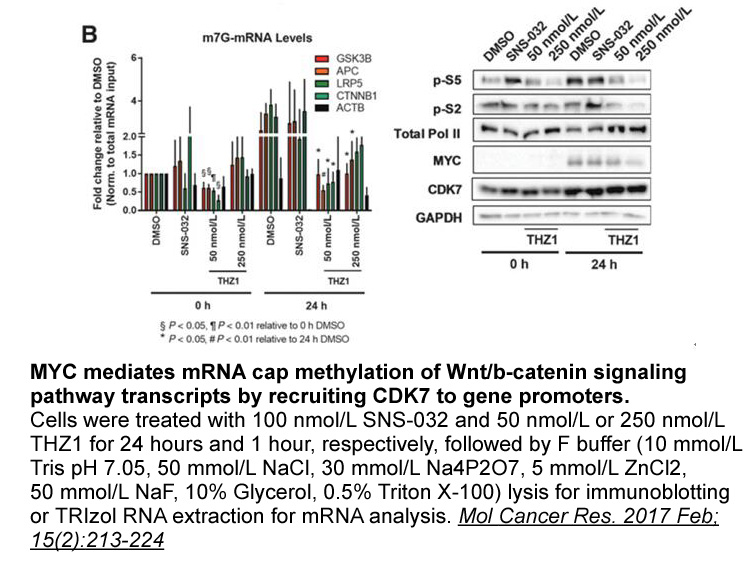
Introduction Multiple levels of CK2/AKT cross-talk Isoform-specific signaling in CK2/AKT cross-talk Particularly relevant to the scope of this review, it has been shown that depletion of the CK2 catalytic α′ subunit is more effective than that of the α subunit at reducing AKT Ser129 phospho
-
br Effects of estrogen on vascular function
2020-06-11
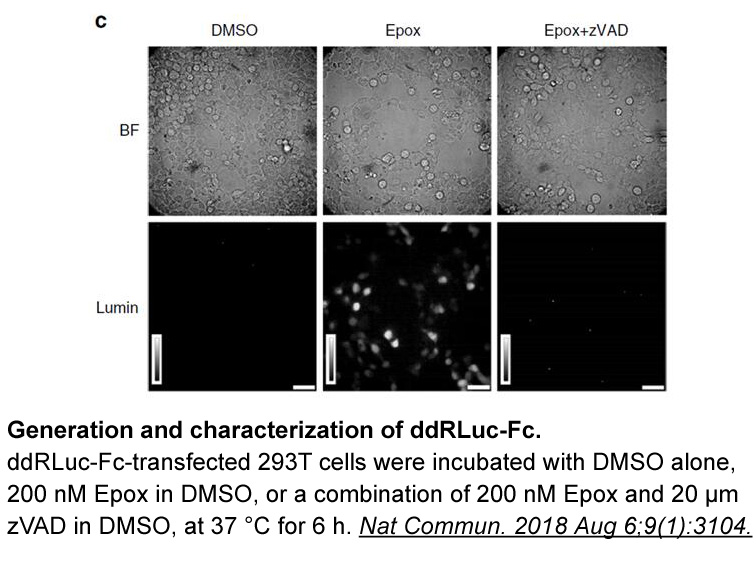
Effects of estrogen on vascular function Atherosclerosis is a chronic inflammatory condition of the vascular wall (Figure 1) that can be converted to an acute clinical event by the induction of plaque rupture or erosion, leading to thrombosis [58]. This perpetuating process is characterized by ph
-
br Protein protein interactions of LEI L DNase II and
2020-06-11
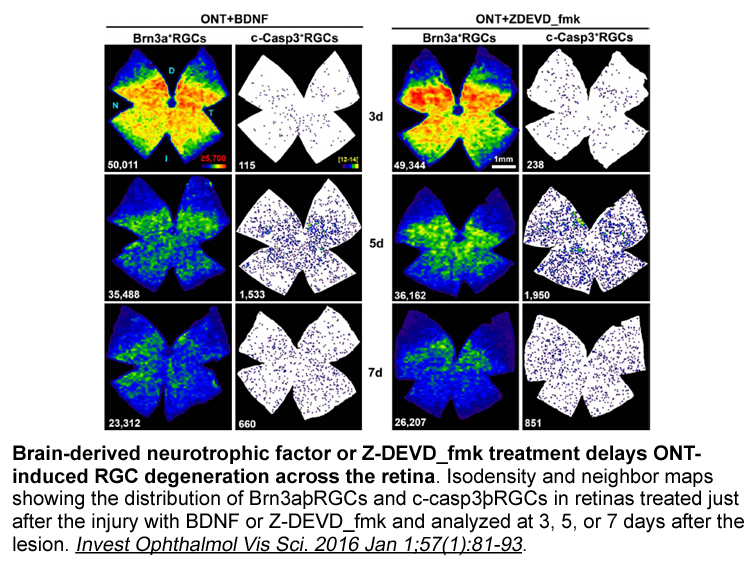
Protein-protein interactions of LEI/L-DNase II and the control of cell death Evolutionary tips The serpin inhibitory mechanism is extremely well adapted to evolutionary changes because a single amino TPPU synthesis substitution in the RSL can led to the inhibition of a totally different prote
-
br Roles of DDR in
2020-06-11
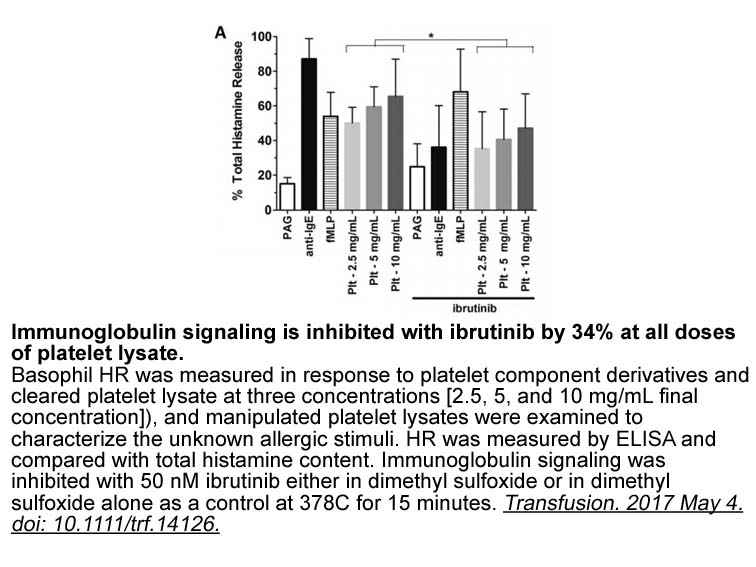
Roles of DDR1 in epithelial cell differentiation Roles of DDR1 in cell migration, and invasion Dichotomous functions of DDR1 in disease progression Conclusions and perspectives The switch in Kif15-IN-2 receptor from DDR1 to DDR2 during EMT is another important issue. The DDRs may exert
-
br Material and methods br Results br Discussion
2020-06-11
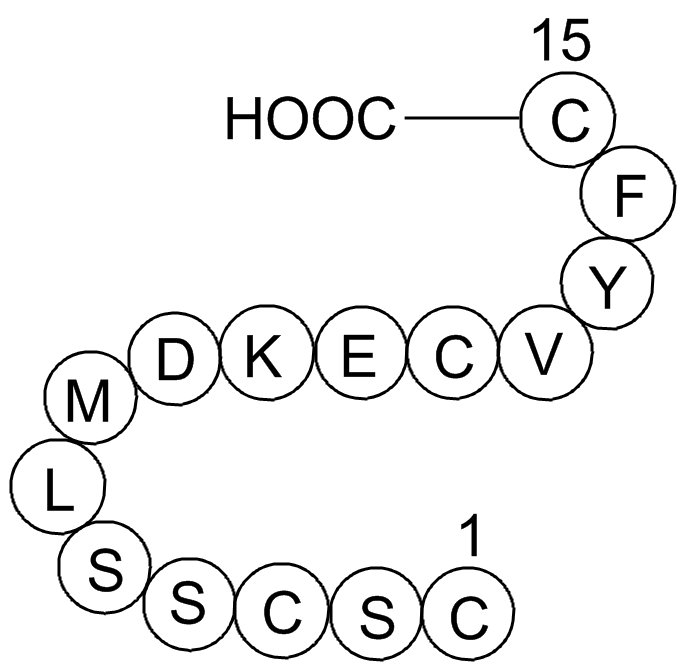
Material and methods Results Discussion Isolated MK2 Inhibitor IV mg have several potential advantages over other in-vitro approaches, such as expression of properties similar to their site of origin including the possibility of bidirectional transmembrane transport and exposure. Furthermo
-
Proinflammatory cytokines induce ER stress in many
2020-06-11
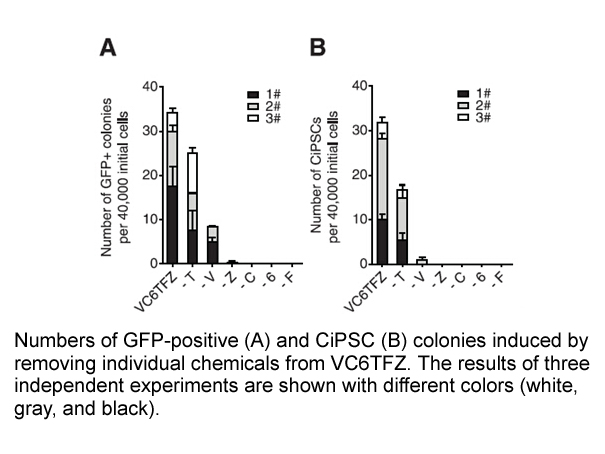
Proinflammatory cytokines induce ER stress in many mammalian cell systems.32, 33, 34 Our results demonstrate that these cytokines also trigger ER stress in trophoblast JEG-3 cells. However, the severity of stress is likely low grade because only the PERK-EIF2A arm of the UPRER pathway was activated.
-
The EGFR belongs to the ErbB family of
2020-06-11

The EGFR belongs to the ErbB family of receptor tyrosine kinases (RTKs), comprised of four members: EGFR (ErbB1, HER1), HER2 (ErbB2), HER3 (ErbB3) and HER4 (ErbB4) [24]. HER receptors are activated by a group of epidermal growth factor (EGF) ligands and undergo homo- or hetero-dimerization during th
-
Phusion high-fidelity DNA polymerase br APC C Uses a Dynamic
2020-06-11

APC/C Uses a Dynamic Cullin–RING Mechanism to Elongate Polyubiquitin Chains Human APC/C generates Lys11-linked poly-Ub chains through an entirely different mechanism, via the distinctive E2 enzyme, UBE2S 30, 31, 32. Although APC2 and APC11 are necessary and sufficient to activate UBE2S, the mecha
-
In studies directed toward the development
2020-06-11
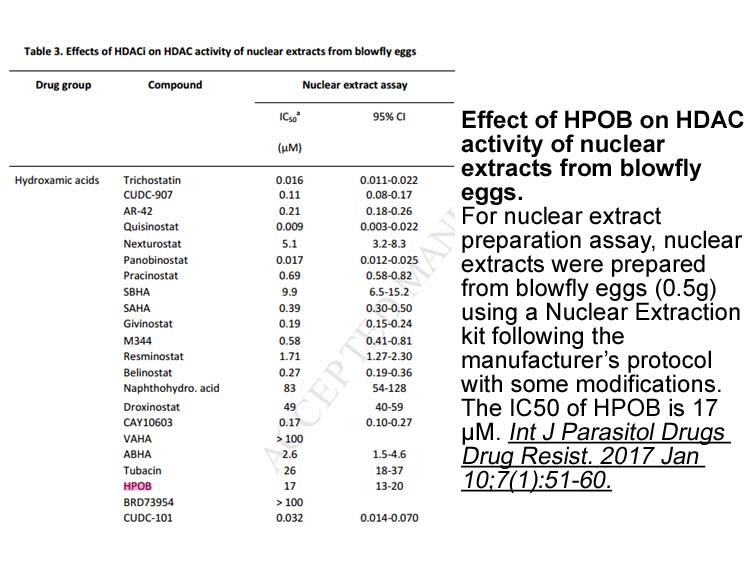
In studies directed toward the development of sequence-specific major-groove binding small Schisandrol B [11], we desired a non-intercalating molecular scaffold that could direct attached moieties into the major groove. As an initial step toward this goal, we wished to study the DNA binding mode a
-
Regarding their reported beneficial properties on the
2020-06-11

Regarding their reported beneficial properties on the digestive tract, the aim of this study was to evaluate the effect of water extracts of three Hypericum sps., HP, HA, HU and some of the main phenolic compounds (Ch, R and Q) on DNA protection against oxidative and alkylating DNA damage induced by
-
Interestingly genome wide association studies have linked th
2020-06-11
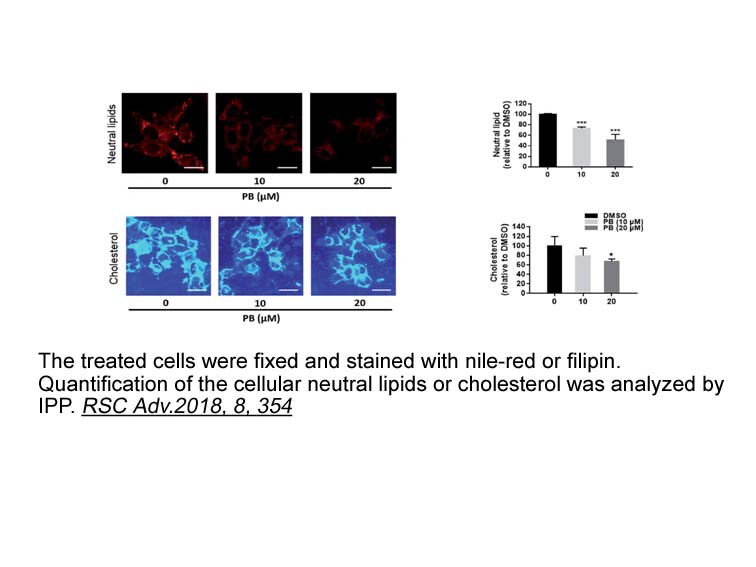
Interestingly, genome-wide association studies have linked the chromosomal region harboring RDHE2 (SDR16C5) and seven other genes to stature and growth in cattle, humans, and pigs [30], [31], [32], [33], [34], [35], [36], [37], and beak deformity in chickens [38]. The most recent study specifically
-
Yet the standards fall back on the
2020-06-10
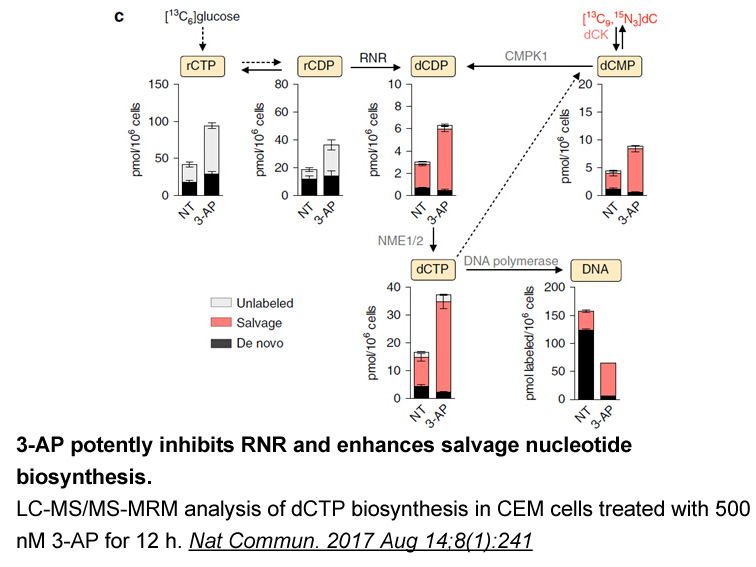
Yet, the standards fall back on the development process with justification. As shown by Littlewood and Strigini (1993), the extent to which the reliability of software (both OTS and bespoke) can be proved by testing is severely limited––not because appropriate tests cannot be devised, but because ad
-
Finally we demonstrated for the first time that the
2020-06-10
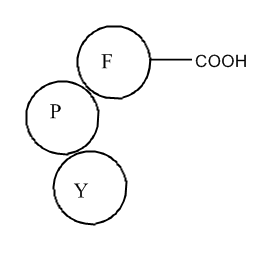
Finally, we demonstrated for the first time that the physiological combinations of estradiol and progesterone levels of premenopausal and postmenopausal women efficiently stimulated the growth of T47D spheroids while clinically relevant concentrations of TPA and UPA suppressed the growth of T47D sph
-
br Results Patient disease and treatment characteristics of
2020-06-10

Results Patient, disease, and treatment characteristics of the study cohort are described in Table 1. All patients were stage IIIA with pathologically documented N2 disease per AJCC 7th edition. EP4 nuclear staining 0–1 versus 2+ was significantly associated with overall survival (OS) (44.3 vs.
14884 records 846/993 page Previous Next First page 上5页 846847848849850 下5页 Last page